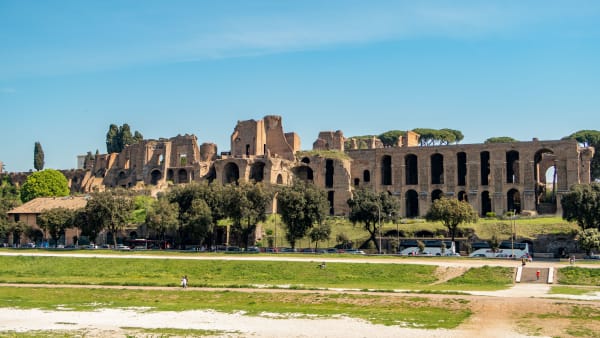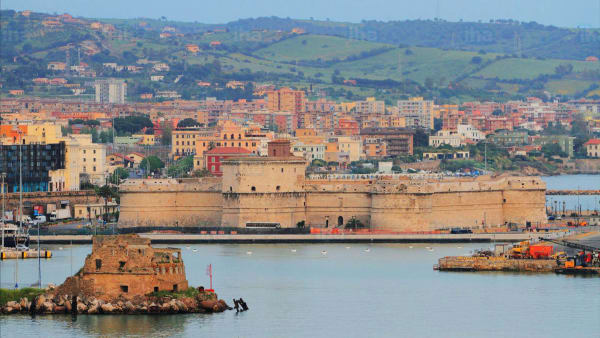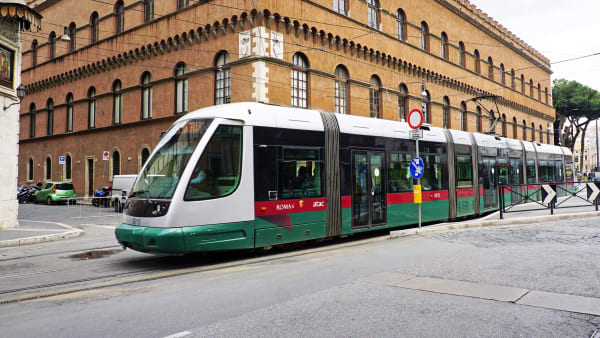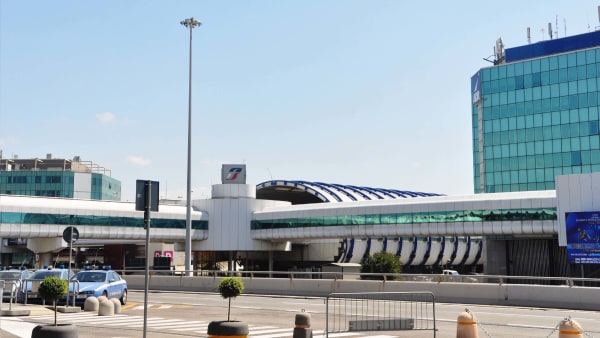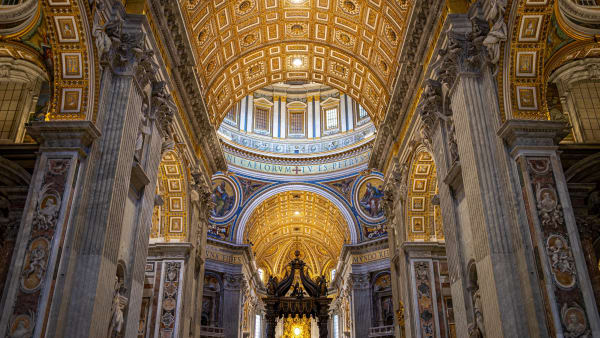Brief history
Brief history
Unfortunately, little remains of what was once the center of Roman civilization (until this role was taken over by the Imperial Fora). Like the Colosseum, the Roman Forum was later used as a source of building materials and until the 19th century, the land was even used for grazing cows.
Monarchical period (753 - 509 BC)
Around the 8th century BC, the valley where the Forum is located was originally swampy and unsuitable for settlement. The upper part of the nearby hills was inhabited by ethnic groups of Sabine and Latin origin.
In the area of Tuscany, north of the Tiber lived the Etruscans who traded with the Greeks south of the peninsula. The Latin and Sabine villages formed an obligatory passage for trade routes, causing a gradual cultural fusion.
Until that time, the valley was used as a necropolis. Around the year 600 BC, King Tarquinio Prisco, of Etruscan origin, had the Cloaca Maxima built. This was a large-scale project that drained the valley and allowed the surface to be paved with pounded earth.
This created a rectangular public square where citizens could meet and participate in various activities. The Forum became the center and origin of Rome.
Throughout history, the Roman Forum has expanded with beautiful buildings, monuments, and new conquests. The most archaic monuments, such as the Comitium (public space), the Lapis Niger (sanctuary), the Vulcanal (sanctuary), the Regia (royal house), the Curia Julia (senate building), and the Temple of Vesta, belong to the royal period when monarchical power prevailed.
Republican Period (509 - 27 BC)
In the 4th and 3rd centuries BC, the Roman Forum retained its importance and continued to expand, even though later renovations make it difficult to determine exactly how it was divided and what it looked like.
During the first phase of the Republic, important temples were consecrated, such as the first on the Forum, the Temple of Saturn (498 BC), and the one of Castor and Pollux (484 BC).
In the last centuries of the Republican period, important changes took place at the Forum. The numerous conquests and expansions of the empire led to the construction of great monuments, which made Rome an authentic metropolis that could compete with the Hellenic kingdoms east of the Mediterranean.
During this phase, the Curia was rebuilt as the Curia Julia, in honor of Julius Caesar, who had commissioned the work. Other important buildings erected during this phase were the Tabularium (an archive and place where official documents were kept) and the basilicas Porcia (184 BC), Aemilia (179 BC), Sempronia (169 BC), and Opimia (169 BC).
Imperial Period (27 BC - 476 AD)
During this era, the Forum Romanum underwent a major expansion. The process began with Julius Caesar at the end of the Republic and continued with the emperors Augustus, Vespasian, Nerva, and Trajan. The extended area is now known as the Imperial Fora.
At the end of the Republic, the political function of the emperor was strengthened and the activity of the Forum shifted to the Palatine, where the imperial palace was located. Thus the Imperial Forum lost some of its prestige.
It did, however, remain the center of trade and financial activity. It also remained the ideal place to celebrate major imperial ceremonies, but ultimately it was no longer the place where the most important decisions were made.
It was mainly characterized by an intense reconstruction of the damaged monuments and the construction of new works such as the Arch of Septimius Severus.
It was also during this period, in the reign of Vespasian, that the Colosseum was built.
Medieval era (476 - 1492)
Despite the fall of the Roman Empire, the Byzantine Empire was at its peak. In the year 608 AD, the last monument of the Forum was built—the Column of Phoca—dedicated to the Byzantine Emperor Flavius Phoca Augustus. Today, this column is still intact and represents the symbolic value of the last battle of the Forum Romanum.
During this period, although the memory of the Forum lived on, most of its monuments decayed into ruins. This magnificent architectural complex was slowly buried and with time it began to be used as grazing land for cattle and as cropland. As a result, it got the name Campo Vaccino or Campo delle Vacche, named after the animals.
Renaissance (1492 - 1789)
Ironically, the great admiration people had for classical antiquity was the cause of most of the destruction in the Roman Forum.
At that time, a kind of construction rage broke out and the Roman Forum was used as a quarry for (stolen) materials to be reused. Some temples that had been preserved in their entirety until then disappeared completely within a few months, turning the valley into a collection of ruins.
Contemporary age (1789 - present)
In the 18th century, after being forgotten for a long time, systematic archaeological excavations of the Roman Forum began. In the 19th century, priority was given to restoration and consolidation work to avoid affecting the few remains that were left.
Today, we can say that the Forum has kept its original structure more or less intact, despite the transformations that the area has had to undergo because of the excavations and the development of modern Rome.
The archaeological zone of the Roman Forum is undoubtedly worth a visit. Let your imagination wander: imagine what the basilicas used to look like, how the temples were filled with offerings, and how the voices of the Senate sounded while hearing the footsteps of the soldiers in the background parading along the Via Sacra.











